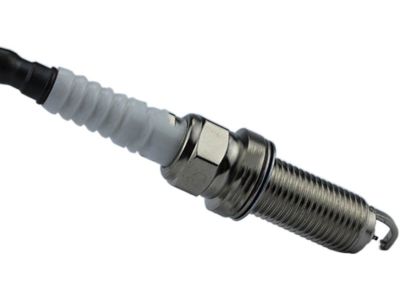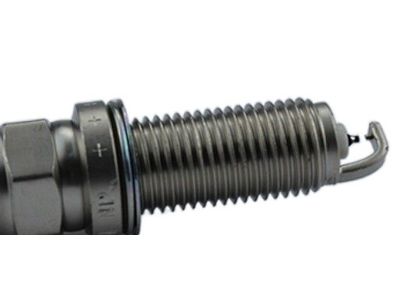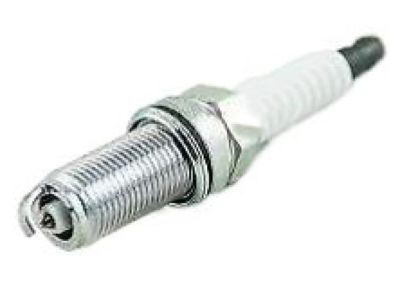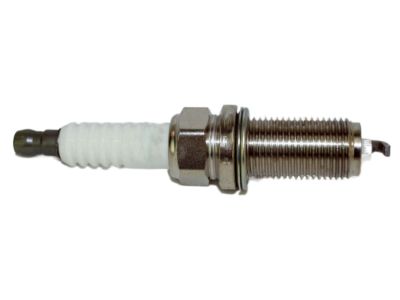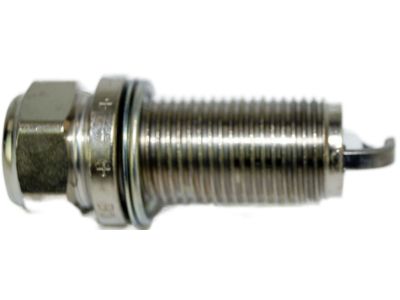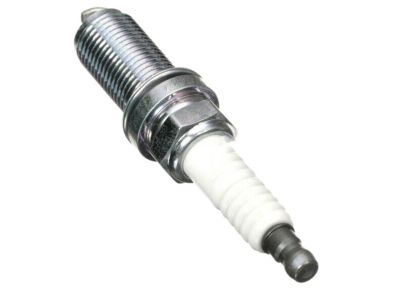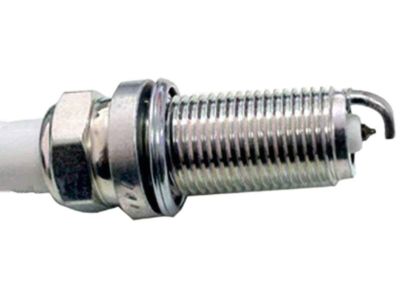×
- Hello
- Login or Register
- Quick Links
- Live Chat
- Track Order
- Parts Availability
- RMA
- Help Center
- Contact Us
- Shop for
- Nissan Parts
- Nissan Accessories

My Garage
My Account
Cart
Genuine Nissan Murano Spark Plug
Ignition Spark Plug- Select Vehicle by Model
- Select Vehicle by VIN
Select Vehicle by Model
orMake
Model
Year
Select Vehicle by VIN
For the most accurate results, select vehicle by your VIN (Vehicle Identification Number).
5 Spark Plugs found

Nissan Murano Spark Plug
Part Number: 22401-EW61C$20.25 MSRP: $29.33You Save: $9.08 (31%)Ships in 1-2 Business Days
Nissan Murano Spark Plug
Part Number: 22401-5M014$14.93 MSRP: $21.62You Save: $6.69 (31%)Ships in 1-3 Business Days
Nissan Murano Spark Plug
Part Number: 22401-5M015$14.60 MSRP: $21.15You Save: $6.55 (31%)Ships in 1-2 Business Days
Nissan Murano Spark Plug
Part Number: 22401-5M016$12.98 MSRP: $18.80You Save: $5.82 (31%)Ships in 1-3 Business Days
Nissan Murano Spark Plug
Part Number: 22401-1KC1C$21.02 MSRP: $30.43You Save: $9.41 (31%)Ships in 1-2 Business Days
Nissan Murano Spark Plug
If you need any OEM Nissan Murano Spark Plug, feel free to choose them out of our huge selection of genuine Nissan Murano Spark Plug. All our parts are offered at unbeatable prices and are supported by the manufacturer's warranty. In addition, we offer quick shipping to have your parts delivered to your door step in a matter of days.
Nissan Murano Spark Plug Parts Questions & Experts Answers
- Q: What tools and steps are required for spark plug replacement on Nissan Murano?A:Spark plug replacement requires a spark plug socket and extension that fits onto a ratchet, with the socket lined with a rubber grommet to protect the porcelain insulator and hold the plug during removal. A wire-type feeler gauge is needed to check and adjust the spark plug gap, along with a torque wrench to tighten the new plugs to the specified torque. When replacing plugs, purchase new ones, adjust them to the proper gap, and replace each plug one at a time, inspecting for defects such as cracks in the porcelain insulator. Check the electrode gaps by inserting the wire gauge of the proper thickness between the electrodes; if the gap is incorrect, it is recommended to replace the spark plug rather than adjust it. If the side electrode is not aligned with the center electrode, use the notched adjuster to align them, bending only the base of the ground electrode if adjustment is necessary. For removal, take out the upper intake manifold for access to the rear bank spark plugs and remove the ignition coils. Use a spark plug socket with a ratchet and extension to remove the spark plugs, comparing each old spark plug with a chart to determine the engine's overall running condition. Before installation, apply a coat of anti-seize compound to the plug threads, avoiding the lower threads. To prevent cross-threading, fit a snug-fitting rubber hose over the end of the spark plug, which helps align the plug with the hole and prevents thread damage if cross-threading occurs. Tighten the plug to the specified torque and follow the same procedure for the remaining plugs. After replacing all plugs, install the ignition coils and replace the upper intake manifold.
Related Nissan Murano Parts
Browse by Year
2024 Spark Plug 2023 Spark Plug 2022 Spark Plug 2021 Spark Plug 2020 Spark Plug 2019 Spark Plug 2018 Spark Plug 2017 Spark Plug 2016 Spark Plug 2015 Spark Plug 2014 Spark Plug 2013 Spark Plug 2012 Spark Plug 2011 Spark Plug 2010 Spark Plug 2009 Spark Plug 2008 Spark Plug 2007 Spark Plug 2006 Spark Plug 2005 Spark Plug 2004 Spark Plug 2003 Spark Plug


